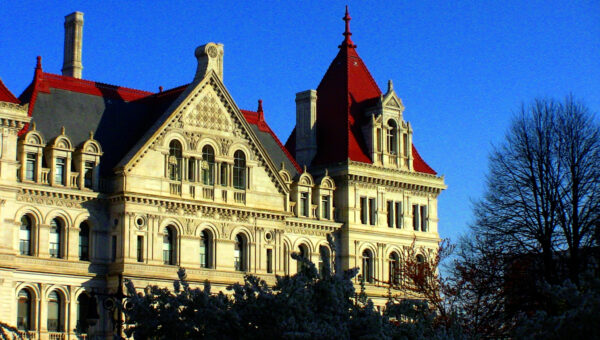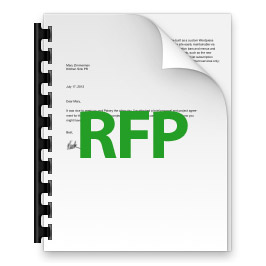
This Week in New York State Government
Governor:
Governor Cuomo Announces New Virtual Tours Now Available at New York State Parks and Campgrounds
Governor Andrew M. Cuomo today announced the availability of 93 virtual tours for popular destinations across the Empire State that will inspire and help visitors plan their getaway. The virtual tours offer stunning 360-degree views of scenic vistas, popular attractions and campgrounds across New York State, making it easier than ever for prospective visitors to plan a trip to experience New York.
The virtual tours include both moving “spins” and still images of a variety of State-owned parks, campgrounds, trails, playgrounds, pavilions, golf courses, boat launches, beaches and pools in the parks, as well as landscapes and premium viewing spots. Each virtual tour includes multiple scenes and key information about the property.
Governor Cuomo Announces Appointment of Commissioner of Office of Children and Family Services
Governor Andrew M. Cuomo today announced that he has appointed Roberto Velez as Commissioner of the Office of Children and Family Services, where Velez will oversee the regulation of more than 21,000 child care providers that care for up to 708,000 children in New York State. Velez is the former Commissioner of the New York City Department of Probation and Chief Judge to the New York City Office of Administrative Trials and Hearings, and is an expert in executive management, administrative law, criminal justice matters, compliance and not for profit law.
Roberto Velez most recently served as Vice President for Corporate Compliance and Counsel for Acacia Network, Inc., a Latino-based network of agencies offering health, housing and economic development services to New York City residents. In that capacity, he is responsible for overseeing all contract, real estate, employment, and litigations matters related to the organization. In addition, Velez serves as a key legal advisor to the Acacia Board of Directors.
Governor Cuomo Announces Home Energy Assistance Available Beginning November 17
Governor Andrew M. Cuomo announced that households needing heating assistance can begin applying for New York’s Home Energy Assistance Program on Monday, November 17. Eligible households can receive a one-time benefit of up to $625 this winter from the program, which is federally-funded.
Again this winter, anyone living outside of New York City can apply for a regular Home Energy Assistance Program benefit online at myBenefits.ny.gov. Last year, more than 35,000 households applied through the myBenefits site.
“As another cold winter season approaches, we are reminding New Yorkers that help is available to keep their homes warm as temperatures drop,” Governor Cuomo said. “Starting on November 17, eligible residents from all across the State can apply for funding to help meet their home heating costs through the coming winter months. I encourage all residents who need this assistance to apply.”
The program, which is overseen by the New York State Office of Temporary and Disability Assistance, can assist eligible applicants regardless of whether they own their home or rent. Eligibility is determined by income and how many people live in the household. The maximum regular benefit a household can receive for the 2014-15 heating season is $625.
Governor Cuomo Announces $900,000 in Gun Violence Prevention Grants for Local Communities
Governor Andrew M. Cuomo announced that New York State will provide a total of $900,000 in grants to fund neighborhood-based violence reduction programs in Hempstead and Wyandanch based on Long Island and Troy in the Capital Region. The three communities join seven others that received funding last year to target and reduce gun violence through outreach and intervention in the state’s urban areas.
“This funding will allow these communities to use proven strategies to reduce gun violence in their neighborhoods and prevent more senseless tragedies from occurring,” said Governor Cuomo. “It is part of this administration’s efforts to fight gun violence and make New York a safer state for all.”
Both the Hempstead and Troy programs are SNUG, “guns” spelled backwards, programs which follow the outlines of the Cure Violence model being used around the country. Cure Violence combines street outreach and “violence interrupters” in localities exhibiting high volumes of shootings and homicides to reduce violence or prevent further violence from occurring. The programs use a coordinated strategy aimed at engaging the community through neighborhood events and public education activities. The Wyandanch program uses a different violence reduction model.
Governor Cuomo Announces Completion of New Van Wyck Expressway Viaduct in Queens 18 Months Ahead of Schedule
Governor Andrew M. Cuomo announced the opening of the new northbound Van Wyck Expressway viaduct, the elevated highway structure that crosses over the Grand Central Parkway and Union Turnpike in Queens. This viaduct, valued at $35 million, is complete 18 months ahead of schedule. The new viaduct is part of New York State’s $265 million investment in operational improvements at the Kew Gardens Interchange.
“Completion of this viaduct is a large step toward improving traffic flow for commerce, commuters and JFK Airport users along a very congested interchange in Queens,” said Governor Cuomo. “Getting it done a year and a half early is proof positive that our commitment to working harder and smarter to improve our State’s infrastructure is paying off for New Yorkers.”
New York State Department of Transportation Commissioner Joan McDonald said, “This project will enhance safety, improve traffic mobility and reduce travel times for the entire Van Wyck corridor and for traffic heading to and from the JFK Airport. We are especially pleased that this portion of the project has been completed 18 months ahead of schedule.”
The Kew Gardens Interchange is the intersection of the Grand Central Parkway, the Van Wyck Expressway, the Jackie Robinson Parkway and Union Turnpike, and has long been a source of congestion for those traveling through central Queens.
The new 800-feet long viaduct was built beside the existing viaduct in order to maintain traffic during construction. Wider shoulders were built to provide a break-down lane for motorists in order to increase safety.


